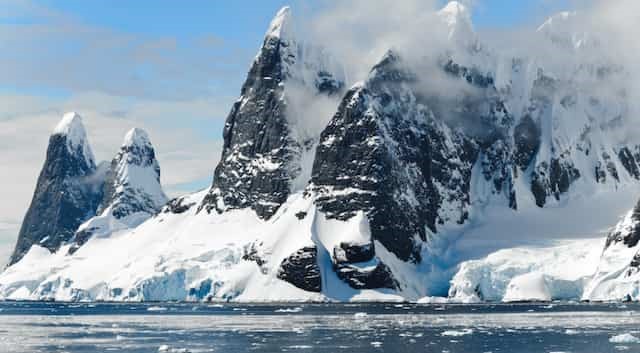Free Courses Sale ends Soon, Get It Now


Free Courses Sale ends Soon, Get It Now



Disclaimer: Copyright infringement not intended.
Context
Details
Thwaites Glacier
Thwaites Glacier, often dubbed the "Doomsday Glacier" or the "Big One," is one of the largest and most significant glaciers in Antarctica. Here's a comprehensive note covering various aspects of Thwaites Glacier:
Location:
Thwaites Glacier is located in West Antarctica, spanning approximately 192,000 square kilometers (74,000 square miles). It is situated on the western side of the Antarctic continent, adjacent to the Amundsen Sea.
Significance
Size and Characteristics
Ice Flow
Concerns
Research Efforts
International Collaboration
Climate Change Link and Recent Study
Conclusion
Thwaites Glacier is a critical component of the Antarctic ice sheet, and its rapid melting poses significant risks for global sea-level rise. Understanding the dynamics of this glacier is essential for predicting future sea-level changes and developing strategies to mitigate the impacts of climate change. Thwaites’ retreat was set off by an extreme El Niño that happened at a time when the glacier was likely already in a phase of melting, knocking it off balance
|
PRACTICE QUESTION Elaborate upon the impact of the rising sea level on the coastal regions of India. Also, mention the measures taken by the Government of India to mitigate the repercussions of this sea-level rise. 250 words |
© 2024 iasgyan. All right reserved